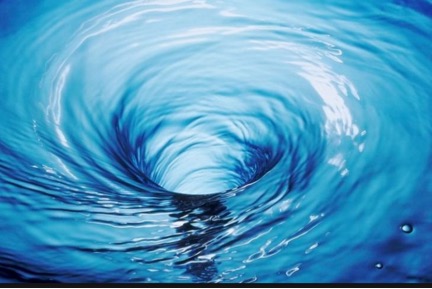ANSWER: Now that summer is here and many of us will be spending time near the sea, we can use a series of video activities to introduce useful words and, at the same time, further sensitize our learners about the importance of recycling plastic.
Here is a mash-up activity which we have designed for EFL learners, based on the four-minute TED-Ed video titled “The Life Cycle of a Plastic Bottle” by Emma Bryce. Learners can view the video multiple times, with the aim of completing the note-taking table provided. As an extension and for an additional challenge, learners of a higher level may complete the multiple choice exercises provided on the TED-Ed Lessons website and originally designed for native speakers of English.
The topic of the lesson is 'What Really Happens to the Plastic You Throw Away” Here we have provided two links;
(1) YouTube link: https://www.youtube.com/watch?v=_6xlNyWPpB8 for your intermediate level learners to view, listen to and/or read the accompanying subtitles in order to complete the note-taking task and
(2) http://ed.ted.com/lessons/what-really-happens-to-the-plastic-you-throw-away-emma-bryce for higher level learners' extra challenge, the additional ready-made TED Ed lesson exercises.
ACTIVITIES
Activity 1. Pre-viewing: Match the word to the image to pre-handle vocabulary.
- melted
- discarded
- pellets
- sea turtle
- vortex
- recycling bin
- debris
- lantern fish
- tuna
- squid
1.

2.

3.

4.

5.

6.

7.

8.

9.

10.

Activity 2. While-Viewing: Guided note-taking and listening comprehension. Stop and Play again technique. Provide the learners with a copy of the Note-taking Grid and ask them to note down phrases under the headings.
|
NOTE-TAKING GRID |
|
Origins of the Plastic Bottle
|
|
The Journey of the First Bottle
|
|
The Journey of the Second Bottle
|
|
The Journey of the Third Bottle
|
Activity 3: Second Listening for detail. Learners listen to complete the blanks.
The journey of three plastic bottles, empty and _________.
Origins? Oil refinery – oil and gas molecules –pellets – melted and reformed.
Soft drinks: wrapped, _________, __________, ________, discarded.
1.09-1.53
The Journey of Bottle One
landfill or dump _____ rain water – a harmful stew: leachate
goes where?
_________, __________, _________
does what?
How long to decompose?
1,000 years
1.54– 3.13
The Journey of the Bottle
stream, ______. river, ocean, lost at sea!
Journey to vortex: “The Great ________ Garbage Patch”
Teacher's Selected Transcript and Key
0:00 – 1.08
The journey of three plastic bottles, empty and ________discarded_.
Origins? Oil refinery – oil and gas molecules –pellets – melted and reformed.
Soft drinks: wrapped, shipped, bought, consumed , discarded.
1.09-1.53
The Journey of the first bottle
landfill or dump
layers of other junk, rain water –
a harmful stew: leachate
goes where?
_____ground water____, ___soil_______, ____streams_____
does what?
How long to decompose?
1,000 years
1.54– 3.13
The Journey of the second bottle
a trickle, stream, river, ocean, lost at sea!
Journey to vortex: “The Great Pacific Garbage Patch”
of plastic debris
There are 5 gyres.....
We see a sea bird and a turtle.
The breakdown to micro-plastics
Where? Up the food chain:
toxics from plastic (are eaten by) --lantern fish --- squid --- tuna --- us!
3.14– 4.03
The Journey of the third bottle
We see recycling bins.
Truck – plant-- squeezed flat and compressed into blocks – shredded into tiny pieces – washed –melted into raw material – used again – reborn to make something new
RATIONALE:
By viewing video documentaries, learners can 'input' language above their comprehension level as accompanying images can help them 'guess' the meaning of words in the voiceover. Occasional viewing can 'stretch' learners' comprehension and give them opportunities for guessing the meaning of unknown words from the context.
Learners are able to contextualize and get the gist of such listening activities, when the teacher does not handle them as tests rather than opportunities to develop "listening fluency".
A far-reaching objective of this lesson is to teach Citizenship: We put all plastic in the recycling bins our municipality provides.
Let's all help to keep our beaches and seas plastic-free,
Suzanne and Lilika

